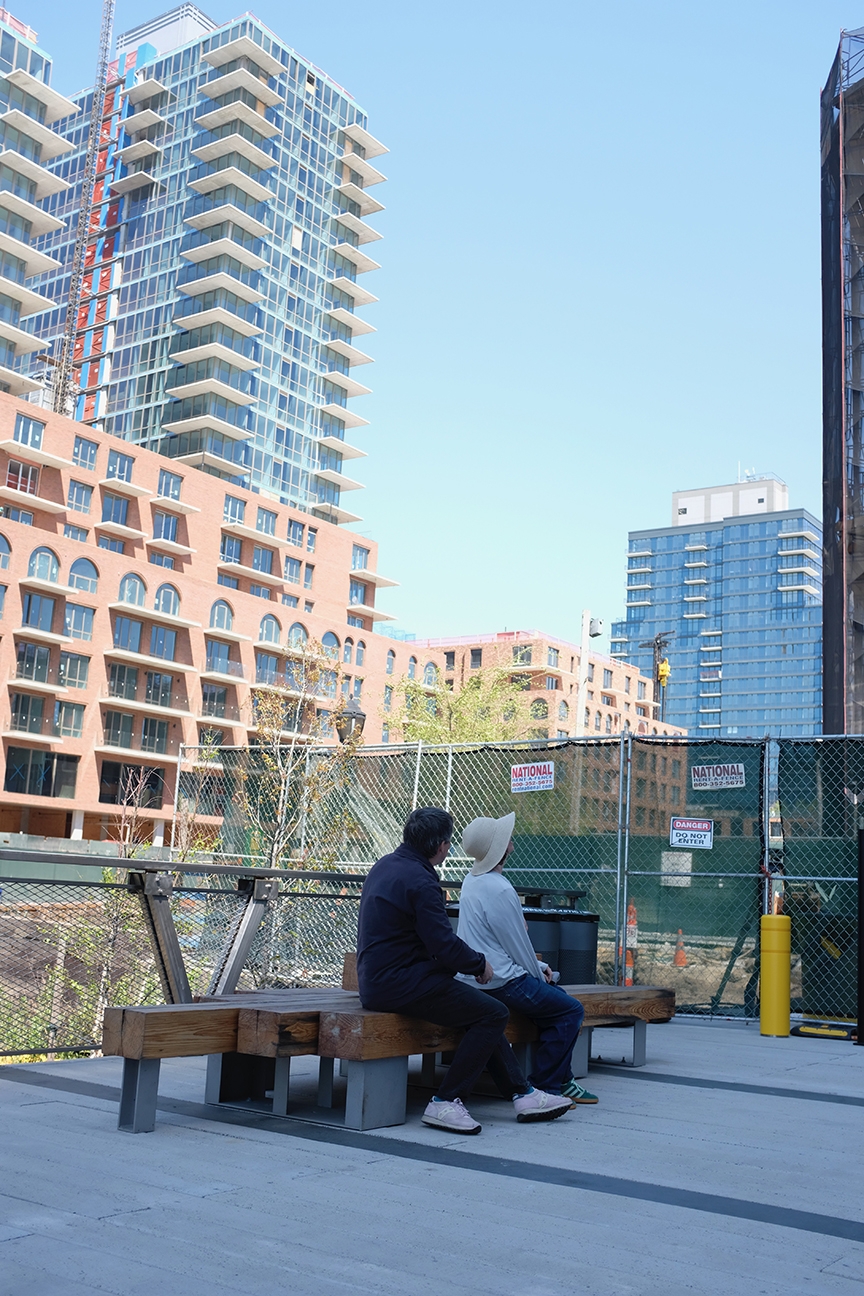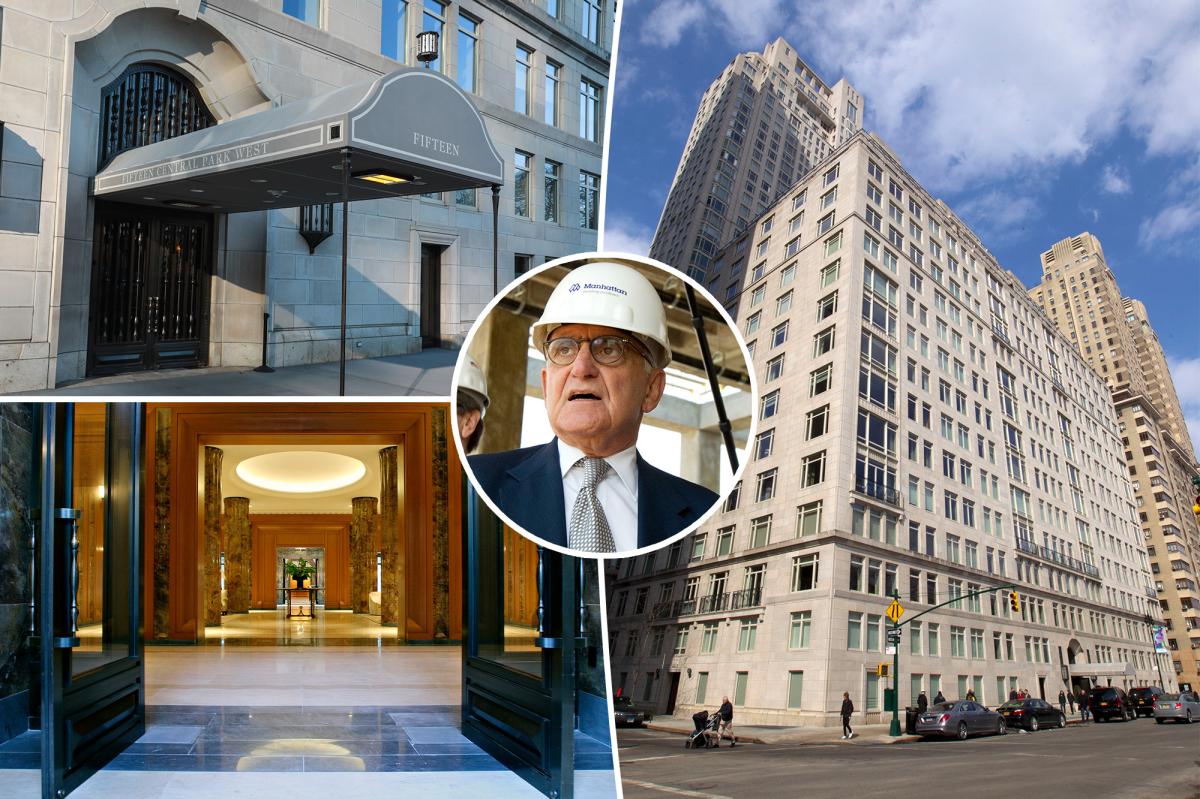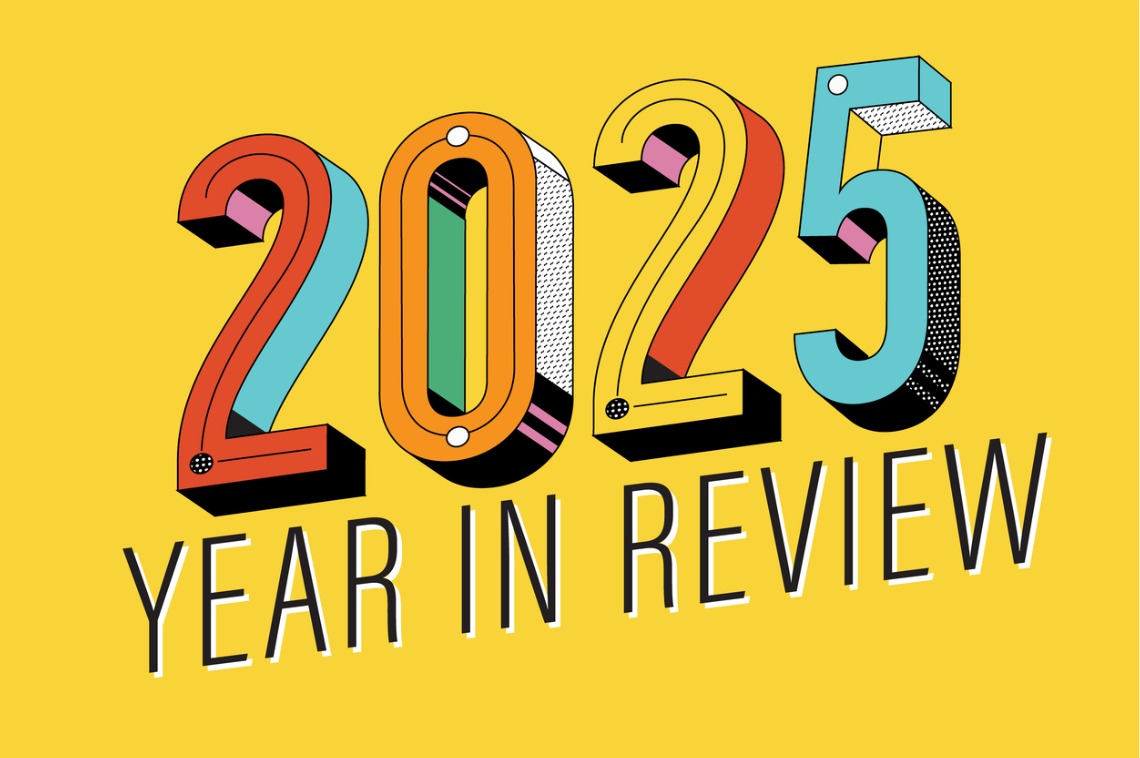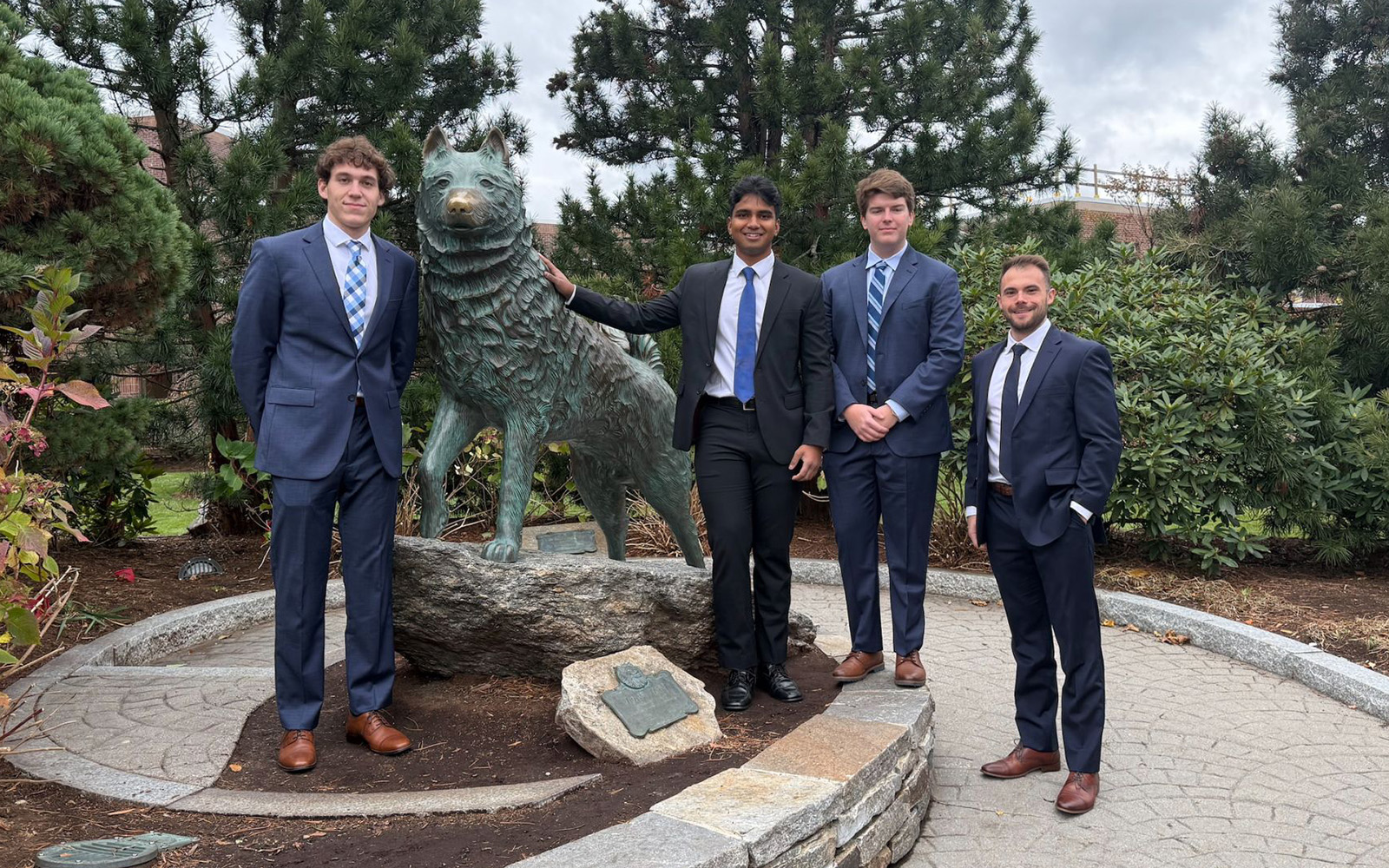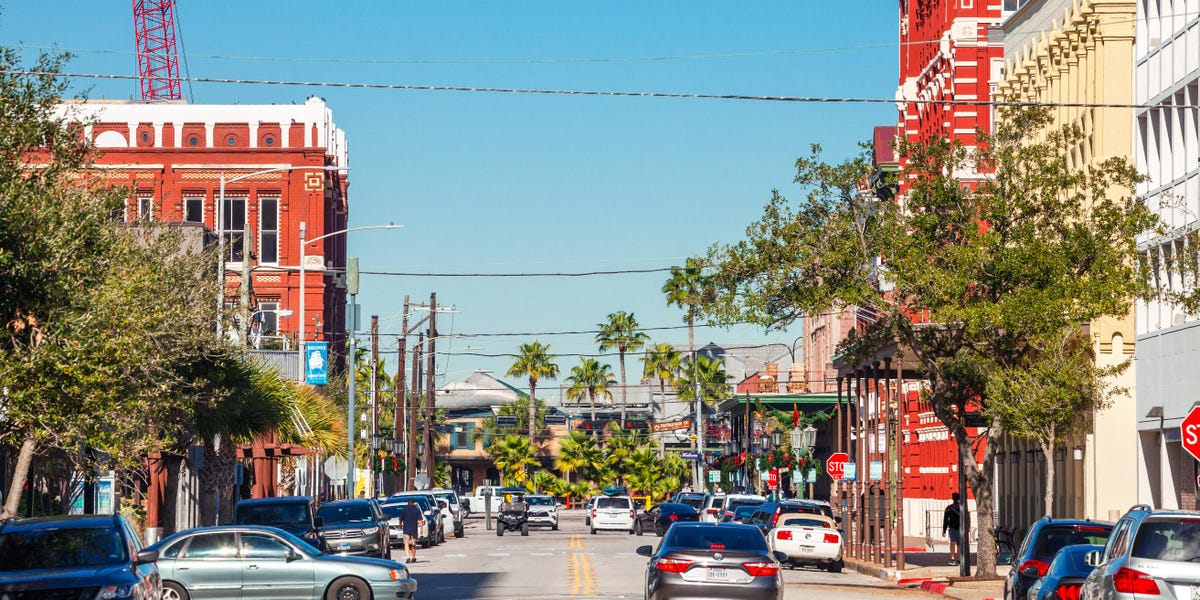�
��More affordable housing in New York City!” is a slogan that sounds unanimous, yet the reality is far from consensus. The Charter Revision Commission, set up by Mayor Adams in December, will place three proposals on the November ballot. Each promises to strip away red tape that blocks developers from obtaining zoning changes for below‑market‑rate housing.
**Developer backing**
The Real Estate Board of New York (REBNY) fully supports the measures. President James Whelan says they “streamline approval processes that have contributed to the city’s housing supply crisis.” REBNY’s endorsement follows 12 meetings across all boroughs with experts and residents. Other real‑estate allies are also campaigning: the Partnership for New York launched a $750,000 TV ad campaign through a nonprofit it created, and pro‑development groups like Open New York and the Commission itself plan “vote yes” pushes.
**Council opposition**
City Council leaders brand the proposals a mayoral power grab that cuts council influence over land use. Speaker Adrienne Adams, Deputy Speaker Diana Ayala, Majority Leader Amanda Farias, Whip Selvena Brooks‑Powers, and others issued a statement: “Since 2022 the council has approved over 120,000 units and secured more than $8 billion in investments. Mayor Adams’ Commission ignores this progress and pushes a self‑serving narrative.” They also criticized Adams for halting a senior‑housing project that would have replaced the Elizabeth Street Garden, overlooking Council Member Christopher Marte’s role in saving the garden and securing additional senior housing in his district.
**What the proposals actually say**
No clear analysis has been offered by the Commission, the council, or civic groups, so we turn to Council Member Marte, who has a full‑time land‑use expert on staff. He explains each ballot question and the concept of “affordable housing,” which is defined by the area median income (AMI). NYC’s AMI includes Westchester, Putnam, and Rockland counties; for a family of three the 2025 AMI is $145,000. The median income of NYC renters is $70,000, so “affordable” can mean upper‑middle‑class. For example, a one‑bedroom at $2,900/month requires a household income of 130 % AMI, i.e., $99,429–$181,740. Activists therefore push for “deeply‑affordable” housing.
**Question 2 – Fast‑Track Affordable Housing**
This question has two parts.
1. It would let developers of publicly‑financed affordable housing bypass the Uniform Land Use Review Procedure (ULURP) and instead apply for a zoning variance from the Board of Standards and Appeals (BSA), whose members are mayor‑appointed. ULURP normally involves the Department of City Planning, community board, borough president, City Planning Commission (CPC), and city council. The mayor can veto council decisions, but the council can override with a two‑thirds vote. The BSA is opaque, has a high approval rate, and excludes council oversight. Marte warns that even a single affordable unit would qualify for this fast‑track, creating a dangerous precedent for manipulating zoning.
2. It would create a separate fast‑track for projects in the twelve community boards that have produced the least affordable housing, based on a five‑year report starting in 2026. These boards would skip the council entirely, with final approval by the CPC—an instrument heavily influenced by the mayor. Marte calls this unjust, excessive, and potentially illegal, stripping council members of their negotiating power.
**Question 3 – Simplify Review of Modest Projects**
This proposal introduces an Expedited Land Use Review Procedure (ELURP) for “modest” changes: up to 30 % residential capacity increase, housing up to 45 ft tall, and small infrastructure or resiliency projects. ELURP would involve concurrent community board and borough president review, with final CPC approval, again bypassing the council. Marte notes that the thresholds can still allow significant density increases on large lots (e.g., a 10,000 sq‑ft lot could gain 30,000 sq‑ft, or 3–10 stories). The proposal would eliminate council oversight of mayoral real‑estate deals.
**Question 4 – Affordable Housing Appeals Board**
This measure would replace the mayor’s veto in ULURP with an appeals board composed of the borough president, council speaker, and mayor. Two of the three votes would override council actions, removing the council’s two‑thirds veto override. Marte calls this the most dangerous proposal, as the mayor could “buy out” the council speaker or borough president to secure outcomes.
**Overall impact**
Marte argues the three proposals would fundamentally weaken NYC democracy and hand more power to private real‑estate interests. He points out that most projects already bypass public review, and only those seeking special privileges go through ULURP. Removing these safeguards would regress to a closed‑door, Tammany‑Hall‑style politics that displaced neighborhoods. Instead, he urges the city to hold developers accountable, strengthen tenant protections, and fully fund affordable housing. He calls on voters to reject Proposals 1–3 this November.
